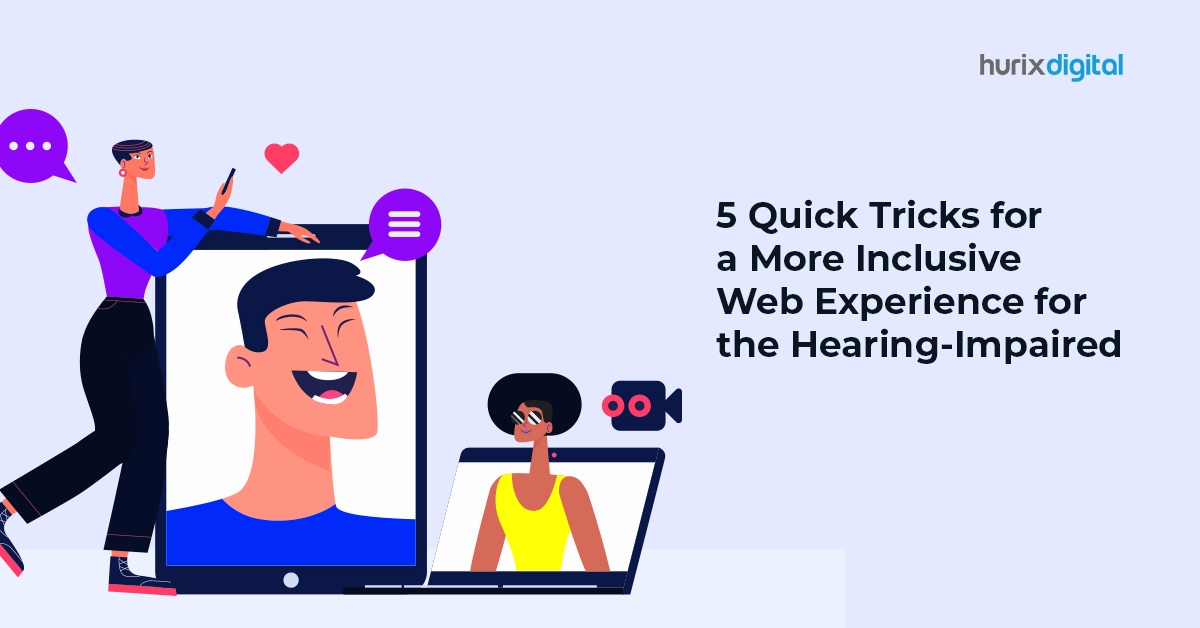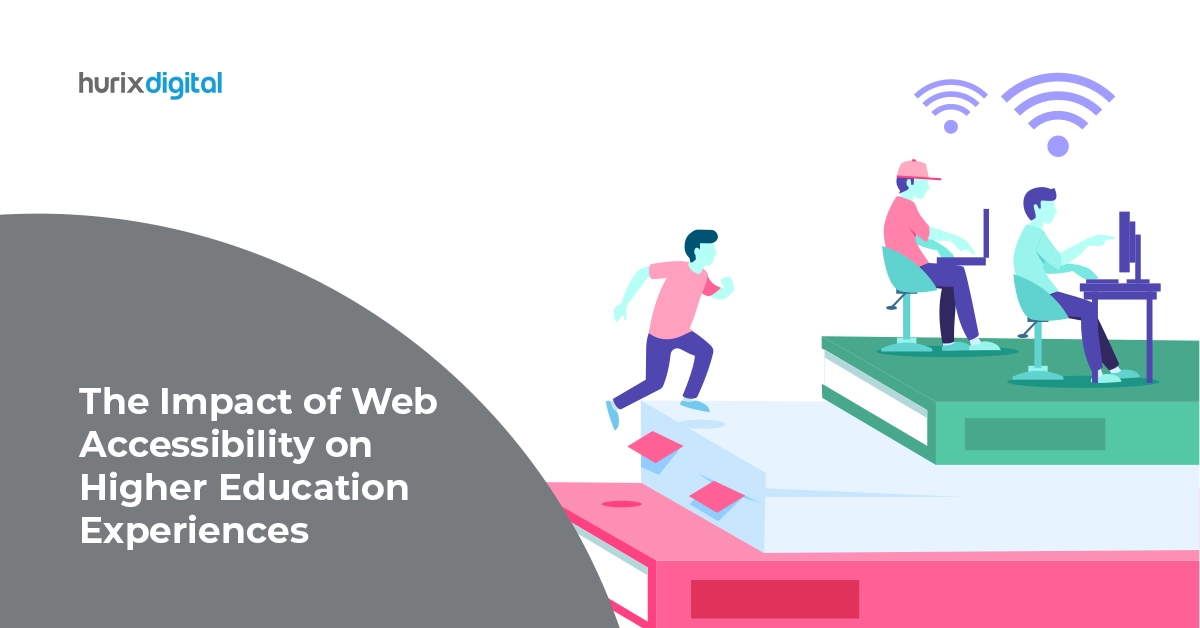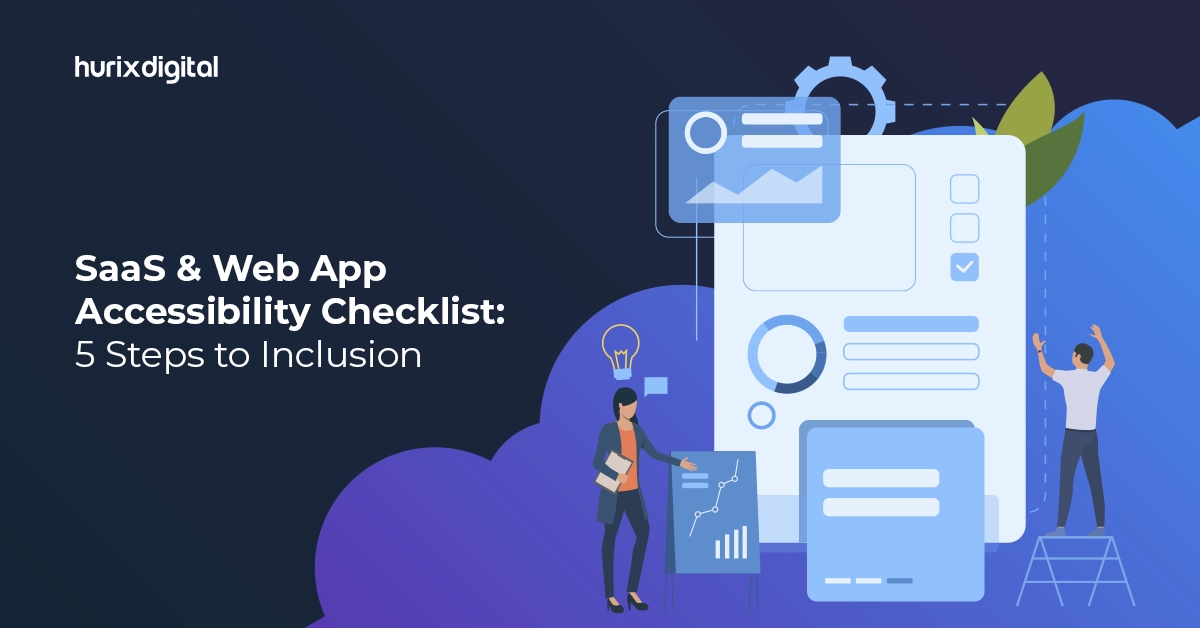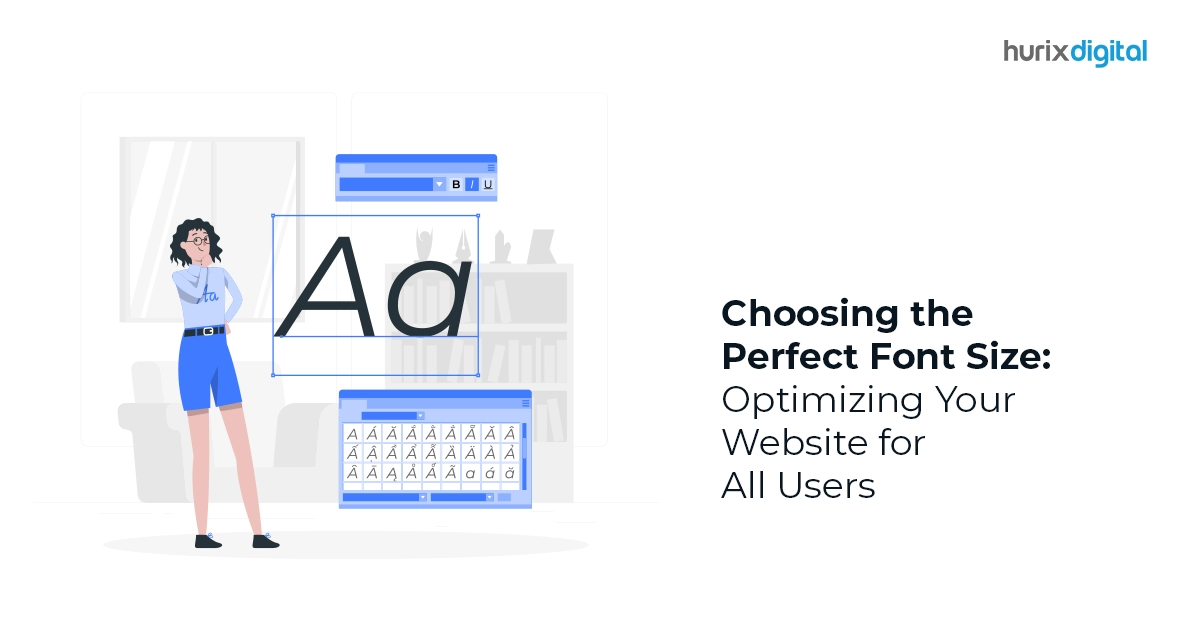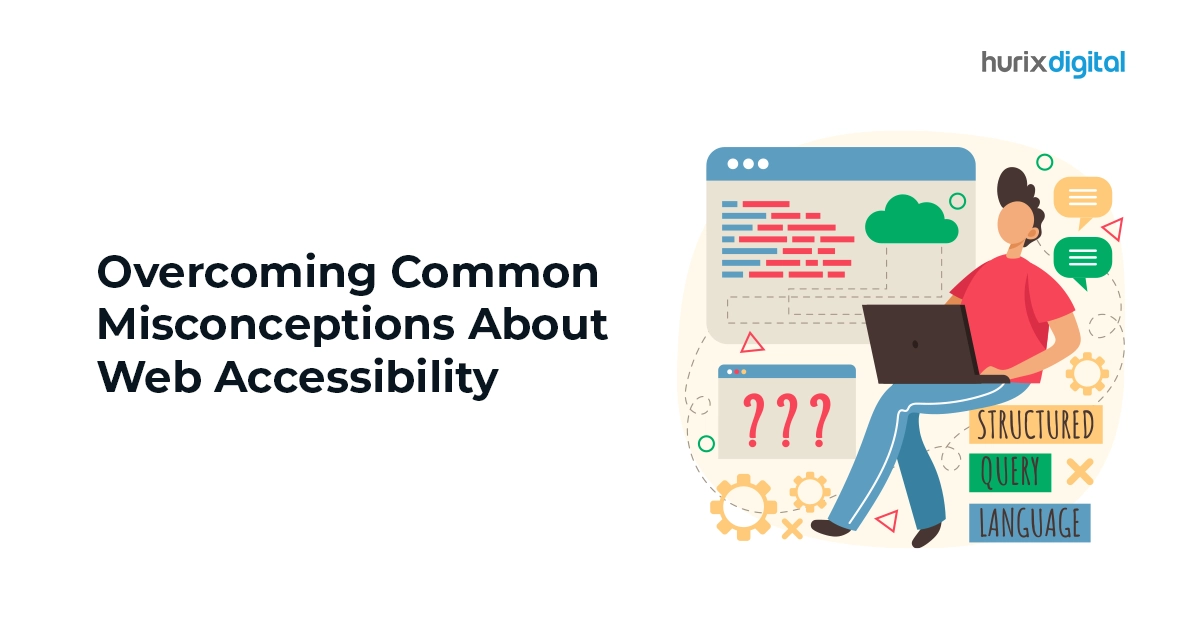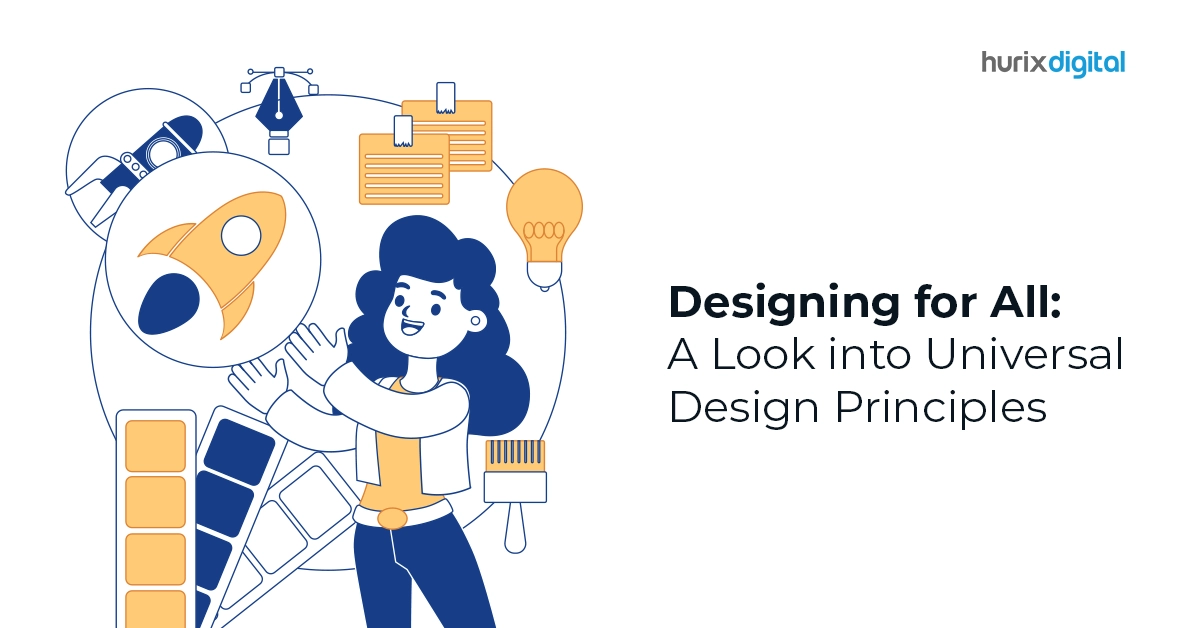Summary
This article has provided a comprehensive list of online accessibility and inclusive web design tips. By following these guidelines, you can create a more accessible online space for all users, regardless of their ability.
Recent studies highlight a concerning reality: the majority of American websites fail to meet accessibility standards, with 98% deemed non-compliant, according to the 2020 Web Accessibility Annual Report. This significant oversight has legal implications, especially considering that around 26% of US adults (approx. one in four) experience some form of disability, as reported by the Centers for Disease Control and Prevention (CDC).
In response to these findings, key disability rights organizations like the Ruderman Family Foundation advocate for the full accessibility of national websites by 2025. However, website administrators often find themselves uncertain about where to commence this crucial transformation.
Whether you’re a blogger or business owner, ensuring your online presence caters to everyone, including users with disabilities, is essential. The good news is that making your website or social media pages accessible need not be a complex or expensive endeavor.
This article aims to provide a starting point, offering a list of practical tips to facilitate the creation of an inclusive online environment. From hearing-impaired accessibility and inclusive web design tips to leveraging assistive technology for hearing-impaired users, we’ll explore the best deaf-friendly web practices and ways to make your website more welcoming for all users, regardless of their abilities.
But first, let’s take a look at online accessibility and discover its importance.
Table of Contents:
- Defining Online Accessibility and Its Importance
- 5 Tips to Improve Web Accessibility for Deaf Users
- Wrapping Up
Defining Online Accessibility and Its Importance
As defined by Usability.gov, accessibility revolves around ensuring that individuals with disabilities can effectively utilize and benefit from a website, system, or application. Accessible online content can be presented in various ways, including sound, sight, keyboard controls, or voice navigation, thereby ensuring users with disabilities can access information on equal footing with others.
Understanding the critical importance of accessibility for your website and social media platforms involves several key considerations.
1. Following Legal Compliance
Compliance with the Americans with Disabilities Act (ADA) is crucial to providing equal access and opportunities for all individuals, including those with disabilities. Neglecting web accessibility can lead to legal repercussions, as exemplified by a recent case involving Beyoncé’s entertainment company, where the website was found inaccessible to visually impaired users.
2. Reaching to a Broader Audience
Prioritizing online accessibility broadens your potential audience, considering that over 26% of US adults experience some form of disability, as reported by the CDC.
On a global scale, the World Health Organization notes that approximately 15% of the world’s population has a disability. Failing to ensure accessibility could limit engagement with your content for millions of people.
Also Read: 5 Quick Wins for Accessibility Remediation You Can Implement Today
3. Improving Search Rankings
Accessibility also impacts the visibility of your website on search engine result pages (SERPs) like Google. A positive user experience, influenced by accessibility, is vital for higher search rankings.
Search engines consider factors like user engagement and interaction with your content, emphasizing the need for an accessible website.
5 Tips to Improve Web Accessibility for Deaf Users
To adhere to ADA guidelines, here are some tricks to undertake to ensure your websites and other digital properties maintain web accessibility.
1. Offer Multiple Points of Contact
While a click-to-call button is convenient for phone users, it may not cater to those with hearing impairments. Ensure inclusivity by offering alternative communication channels such as web forms, email submissions, and live chat options for customers and contacts.
2. Add Subtitles and Captions to Your Videos
Enhance accessibility by incorporating subtitles in your videos, providing real-time content comprehension. To optimize the experience, include non-spoken elements like song lyrics, laughter, and applause. Supplementing videos with descriptions and transcripts further supports inclusivity.
For businesses catering to a sizable deaf audience, consider integrating sign language interpretation in a separate video window.
3. Design Websites and Mobile Apps With Assistive Technologies in Mind
Facilitate digital media accessibility for the deaf community by incorporating assistive technologies. Screen readers and speech-to-text software are valuable tools; they ensure compatibility by employing semantic HTML, providing alt text for images, incorporating visual alerts, and enabling keyboard navigation.
4. Create Skimmable Content
Optimize content readability for individuals with hearing impairments through skimmable formats. Employ clear headlines, concise paragraphs, bullet points, and an intuitive visual hierarchy.
As deaf individuals often rely on text for information, adhering to this framework enhances accessibility, with the added benefit of improved performance for screen readers.
5. Invest in Sign Language Interpretation
For businesses generating significant video content, including sign language translation enhances accessibility and underscores a commitment to inclusivity. This practice is particularly valuable for lessons, events, or entertainment where sign language interpretation can be integral to ensuring widespread accessibility.
Also Read: Digital Inclusivity Matters: A Guide to Accessible Website Development
Wrapping Up
As the global deaf population continues to expand, proactively embracing these accessibility trends not only positions your digital media to meet the needs of today’s audience but also ensures your brand remains adaptable to evolving guidelines and recommendations.
Collaborating with an expert empowers content creators to guarantee the accessibility of their videos to individuals with disabilities, ensuring compliance with accessibility regulations. This not only fosters a more inclusive online environment but also enhances the overall user experience for a diverse audience.
Hurix Digital has extensive experience in crafting videos that adhere to accessibility standards. Our team of professionals is proficient in the Web Content Accessibility Guidelines (WCAG) for video accessibility, guiding content creators to ensure inclusivity.
Hurix Digital employs a combination of manual and automated tools to generate high-quality captions, audio descriptions, and transcripts for videos. We meticulously ensure the accessibility of the video player and conduct comprehensive testing using assistive technology.
With a proven track record of creating fully accessible videos, Hurix Digital enables content creators to reach a broader audience, irrespective of their abilities. Serving as a dedicated partner committed to accessibility, Hurix Digital is instrumental in facilitating the creation of inclusive video content.
Get in touch with us today to learn more!


